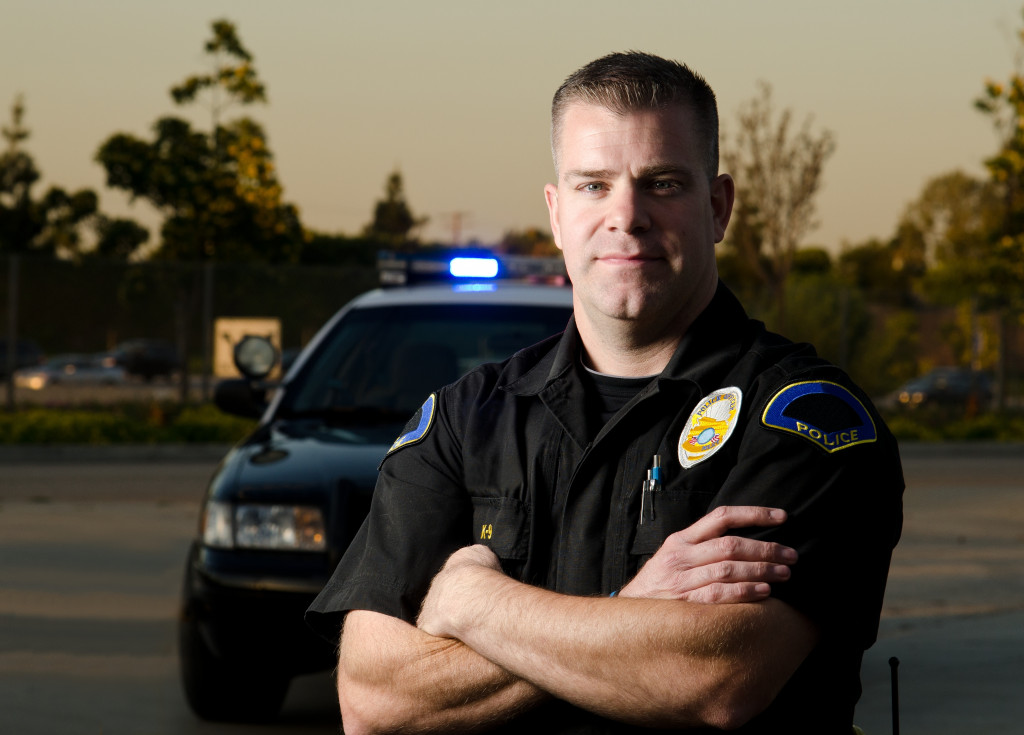Talk about marketing, and usually, people think about brands like Nike, Geico, and Coca-Cola. These are companies that create compelling marketing materials, whether on TV or online.
But do you know one of the masters in branding is the police? Find out here.
1. The Police Is Keenly Aware of the Importance of Image
Branding is complex, but it always involves creating an image that entrepreneurs want to portray to their target market. While this image depends on the product or the audience, companies strive to make it positive. After all, people buy goods or use services from those they deemed trustworthy and safe.
The police community also works hard to maintain a positive image because a bad one can be disastrous. Citizens will not follow their rules or orders. They become more prone to lawsuits.
One of the ways for police to build a strong positive image is through communications. Police departments have a single spokesperson to avoid delivering incorrect and confusing messages.
They may also not release statements or questions right away. Instead, they discuss which information they want to share with the public. This way, they won’t cause panic or give answers they may have to backtrack later on.
In 2011, the Justice Department released Strategic Communication Practices: A Toolkit for Police Executives. It reveals a guideline that policing communities have to follow to improve their communication online or offline.
2. The Police Innovates but Remains Consistent with Their Branding
You can easily spot the police: their uniforms, police cars, and sirens, among others, are ubiquitous. It doesn’t mean they haven’t changed through the years. They innovated while being consistent.
Take, for example, the beacon lights. The first police department opened in New York City in the 1840s, but it took until the 1940s for the beacon lights to appear above their vehicles. Back then, they emitted only one color and were permanently mounted on the car.
This setup was both cost-friendly and effective. Once they’re on, other drivers on the road needed to steer clear off the road. Citizens knew when the police were around.
But perhaps they realized they needed to send a clearer message, especially as the population and number of vehicles grow. Thus, they shifted to lightbars, which may feature two to three colors:
- Red means emergency, so vehicles have to move and give way to a police vehicle.
- Blue means they’re patrolling the area.
- Yellow means they’re parked in the area or slowing down.
These lights use LED bulbs, which are not only affordable but are also very bright. This makes the light visible from far away.
Today, other groups adopt the same system for their vehicles. For instance, you can already find similar LED light bars for trucks, particularly tow trucks.
3. The Police Builds Relationships with Their Community

Of the many big companies, about 90% have a corporate social responsibility (CSR) program, while Fortune 500 businesses with CSR spend a staggering $20 billion annually for it.
CSR matters for many reasons:
- It makes the brand more “human.” Thus, it is more relatable, accessible, and understandable.
- It helps businesses understand the needs and spot problems of their target market. In turn, they can innovate their products or make those that are more customer-centric.
- CSR activities help the company foster a relationship with their community. It may even strengthen the partnership between the management and the employees.
- It creates a positive reputation or image.
Police departments operate in the same manner. While their primary role is to keep the community safe and orderly by implementing the laws, they also need to create a good relationship with the people they serve.
They need the residents to trust them to feel comfortable calling for help or reporting any disturbance or crime. These people should respect them, so they would not violate the laws.
Meanwhile, the police can use these outreach activities to break the common misconceptions people have about their role. They can see for themselves the problems of the community and know how to serve them better.
A police department is not a business or a company, but it doesn’t have to be one to know what branding means. If you’re running out of ideas on how to grow your brand, learn from these servants of the community.






